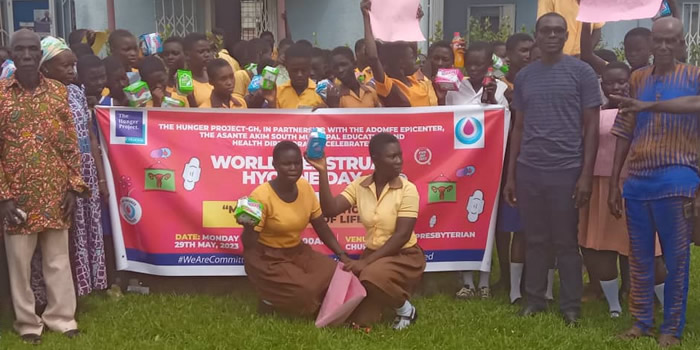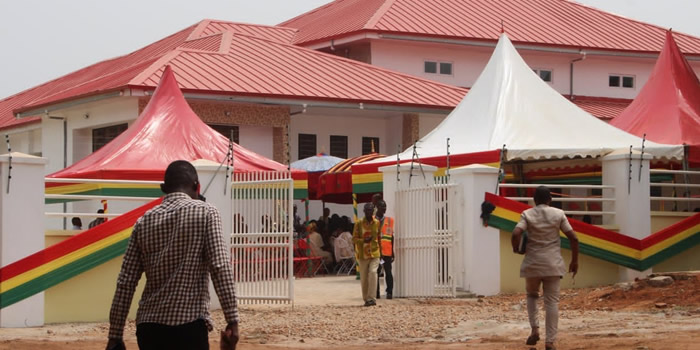

Monitoring and Evaluation
Introduction
This chapter highlights the sequence of activities to document and measure the progress towards the achievement of the goal and objectives of the DMTDP in a structured way. The process should be participatory and collaborative as possible with a strong feedback.
Stakeholder Analysis
There is the need to identify and classify all organisations and groups of people with interests in development and poverty reduction in the district. The identification and participation of all stakeholders will lead to sustained capacity building, dissemination and demand for M&E results. It is therefore necessary to identify the various stakeholders and their respective information needs and responsibility to the plan.
Development Priorities
Harmonised Development Problems/Issues in Relation to Growth and Poverty Reduction Strategy (GPRS I).
Scale:
Strong relationship 3
Moderate relationship 2
Weak relationship 1
No relationship 0
From the table, the total score (600) divided by the total number of community needs (66) gives an average score of ( 9.1). This implies that there is a strong harmony of community needs and aspirations, and identified development gaps/issues/problems in the District.
Linking Harmonised Identified Development Needs/Problems/Issues to the Growth and Poverty Reduction Strategy (GPRS II)
In order to ascertain how the identified problems relate to the GPRS II thematic areas, the issues are linked to the GPRS II as below.
Scale:
Strong linkage 3
Moderate linkage 2
Weak linkage 1
No linkage 0
From the table above, the total score (373) divided by the total number of harmonised identified development gaps/issues/problems (66) gives an average score of (5.7). This implies that there is a strong harmony of identified development issues in relation to GPRS II in the District.
Development Priorities
To address the development problems identified, a number of interventions have been identified under each of the three GPRS themes. These are prioritised and presented in Table 2.1 – 2.3. The prioritization was based on four criteria listed and defined below.
- Spread Effect: this refers to the extent of reach of each intervention to the entire population, especially the poor and vulnerable
- Linkage Effect: the extent to which a single intervention positively affects other aspects of development to meet the basic human needs of the people.
- Multiplier Effect: the impact of the intervention on the local economy, especially the attraction of enterprises, job creation, income levels and growth.
- Ability to implement: the capacity of the district to implement the intervention, given its financial, material, human and institutional resource base.
Each criterion was assigned a weight, with Ability to Implement having the highest weight of five (5). Spread Effect and Linkage Effect had a weight of (3) each and Multiplier Effect has a weight of four (4). Using a scale of negative three (-3) to positive three (+3), each of the interventions was matched against the four criteria and ranked. Stakeholders at the first public hearing of the plan then subjected the results to thorough discussions.
Date Created : 11/23/2017 3:01:09 AM












 facebook
facebook
 twitter
twitter
 Youtube
Youtube
 +233 593 831 280
+233 593 831 280 0800 430 430
0800 430 430 GPS: GE-231-4383
GPS: GE-231-4383 info@ghanadistricts.com
info@ghanadistricts.com Box GP1044, Accra, Ghana
Box GP1044, Accra, Ghana